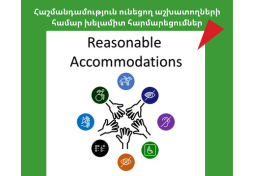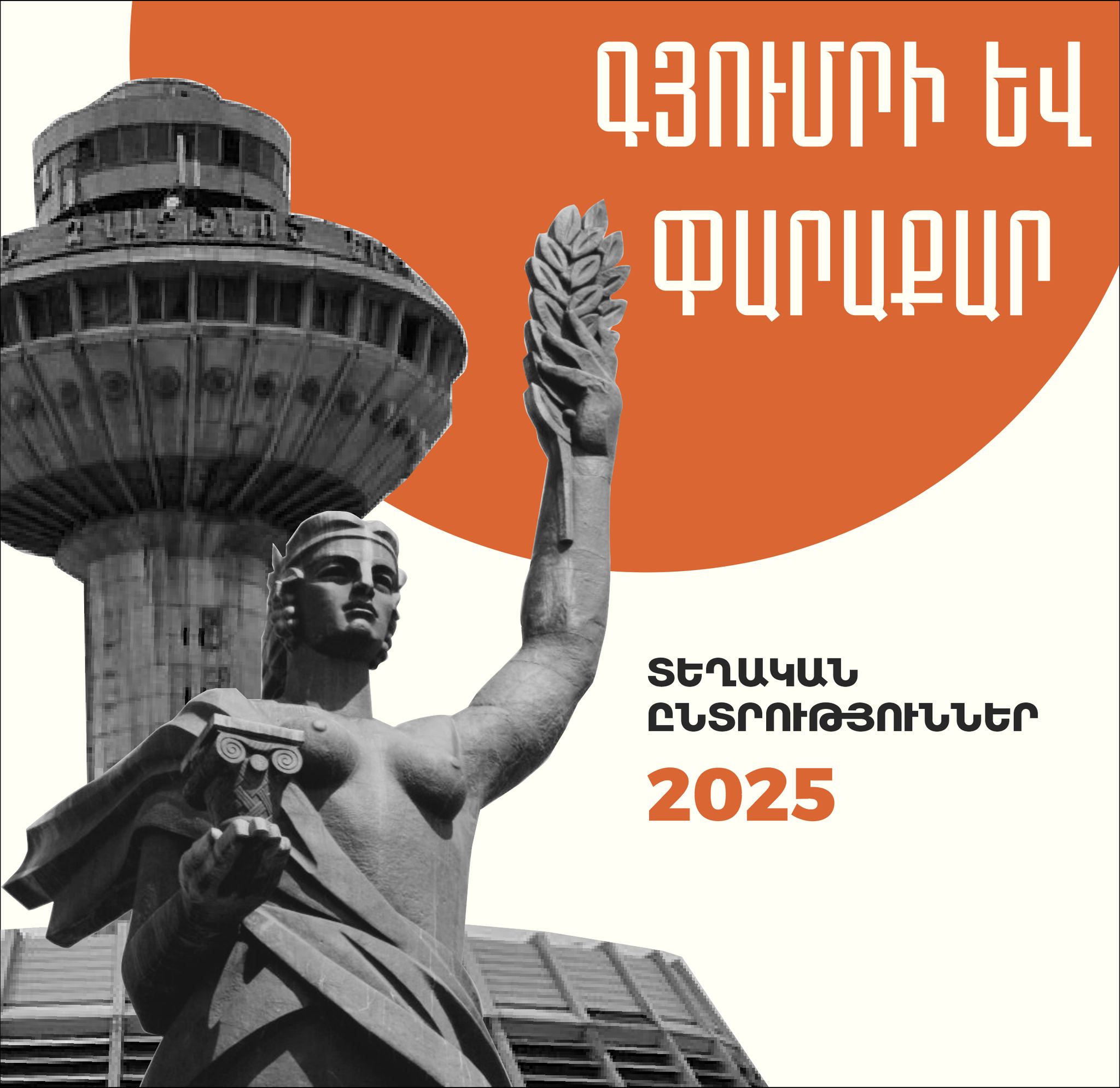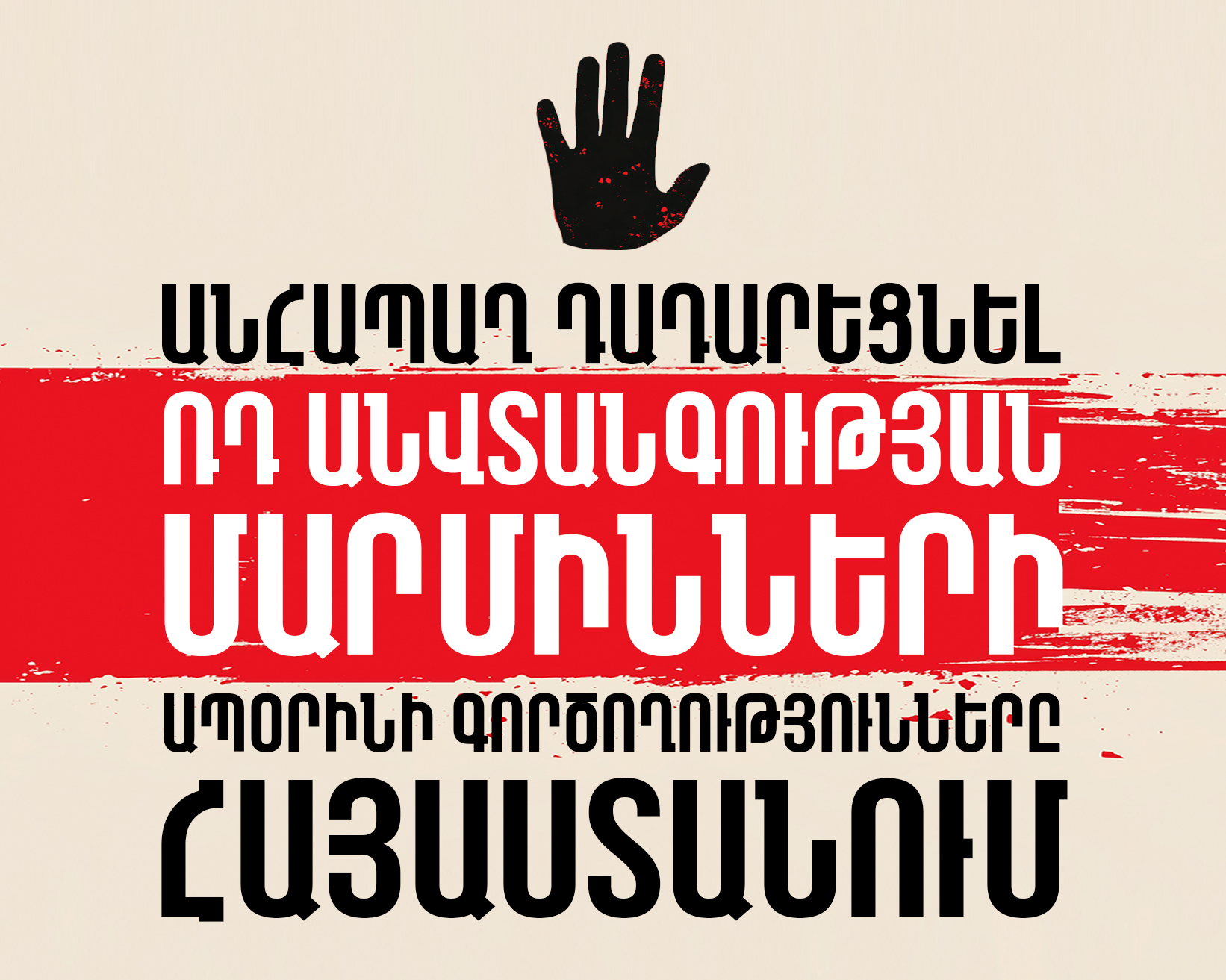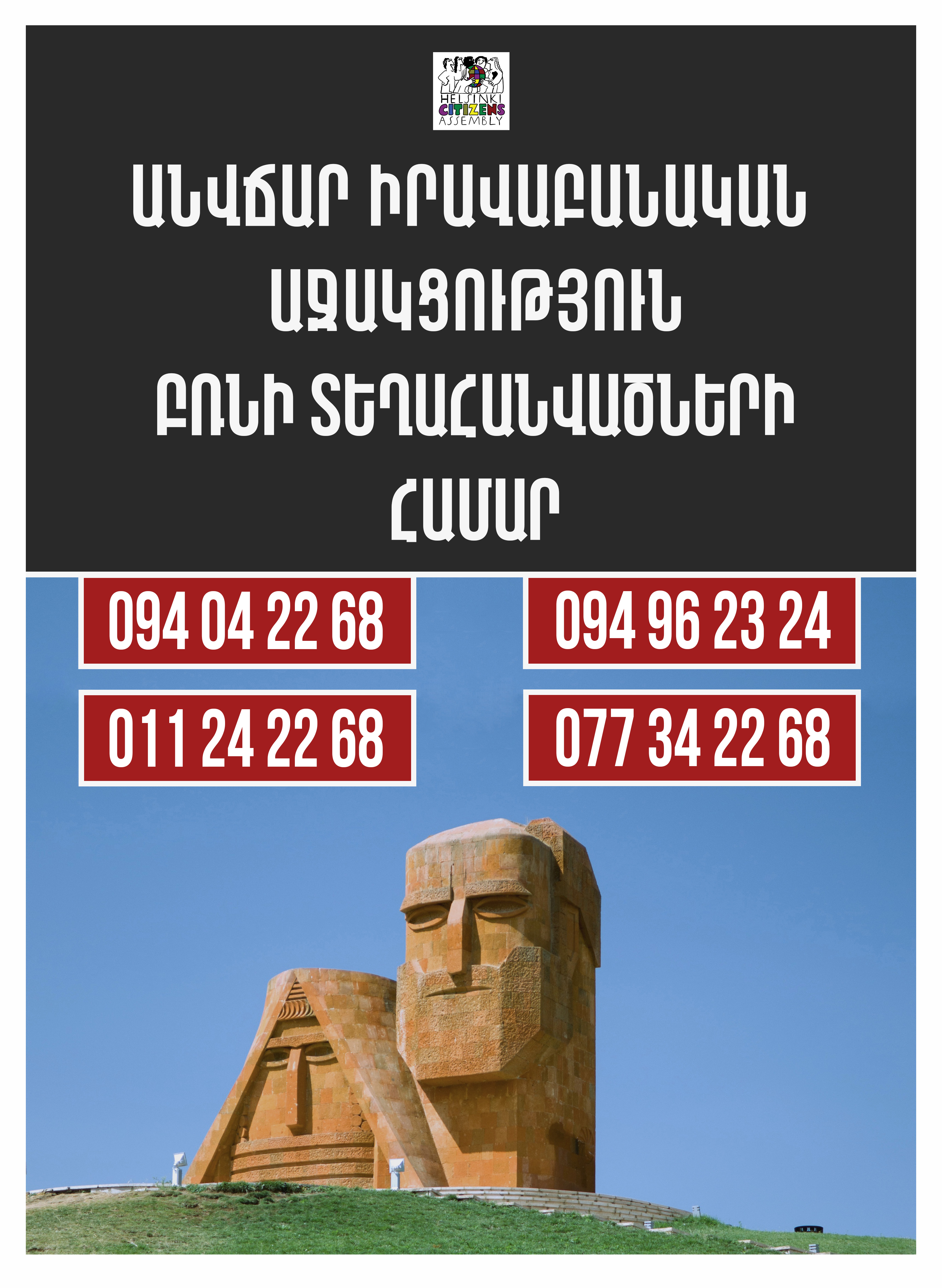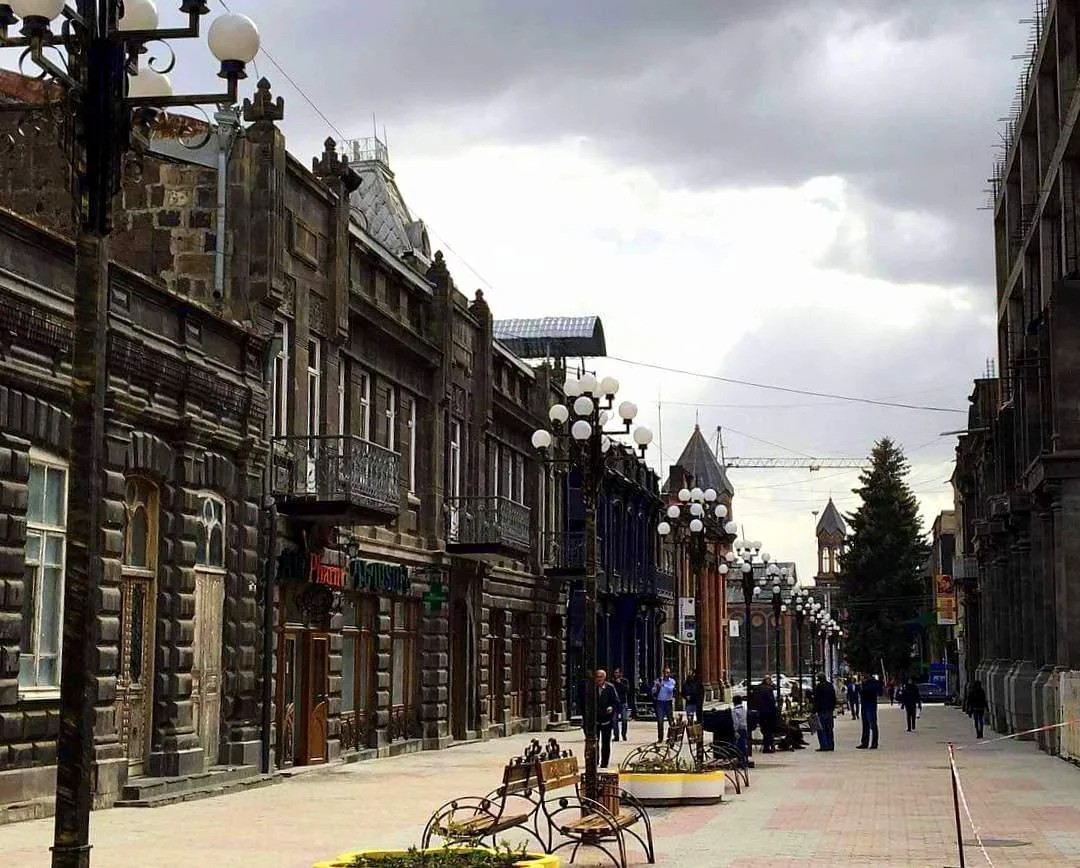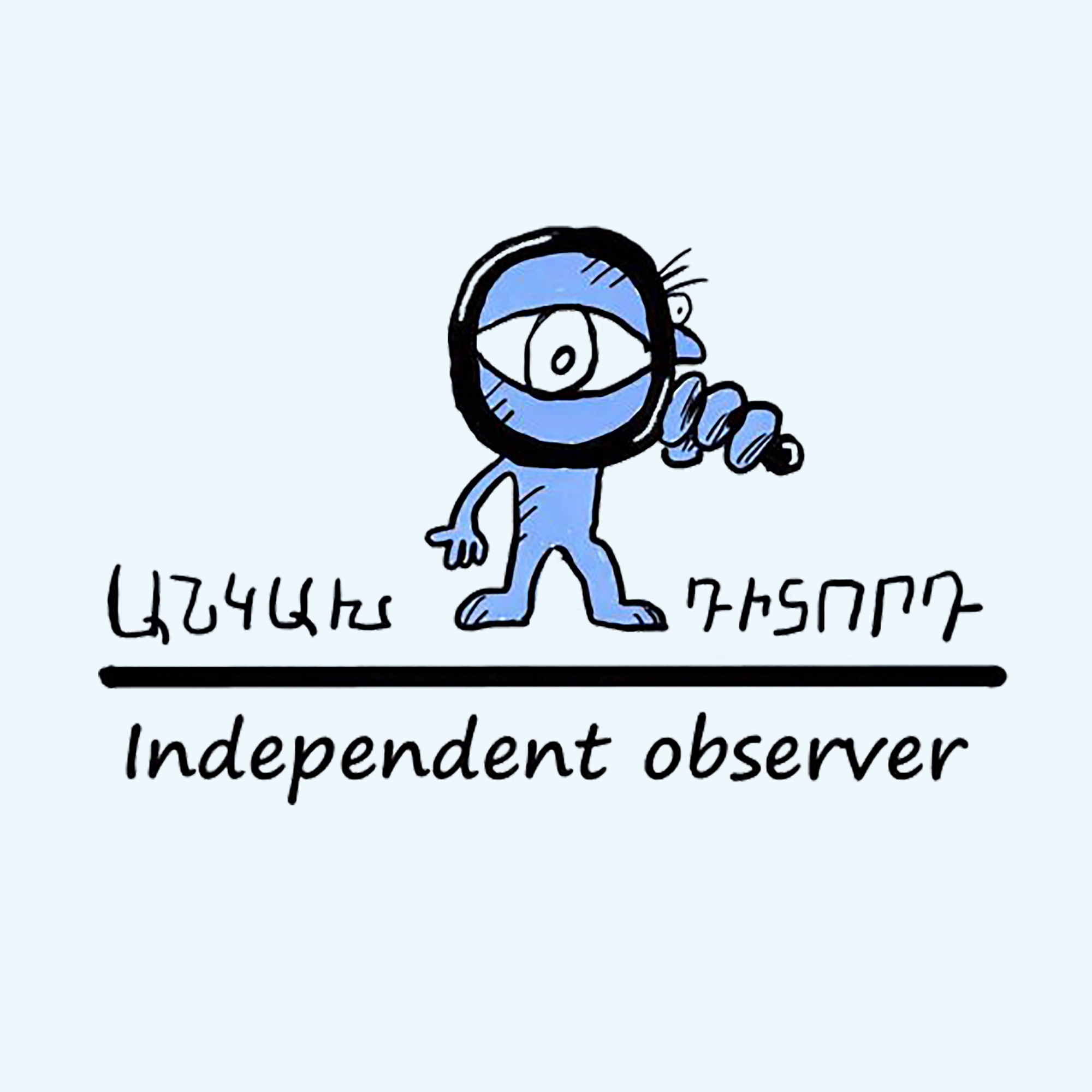




(English) Ad Hoc Public Report on the Use of Incendiary Ammunition of Mass Destruction (Incendiary Weapon) Against Civilian Objects of Artsakh (Nagorno-Karabakh) by the Azerbaijani Armed Forces

Գրադարան | Խաղաղասիրություն | Կոնֆլիկտների խաղաղ կարգավորում
From early morning of 27 September, 2020 Azerbaijan began launching indiscriminate military aggressive air and artillery attacks against Artsakh (Nagorno-Karabakh) along the entire line of the border, targeting also civilian communities and peaceful population.
Almost one month the villages, towns and the capital city Stepanakert are under indiscriminate shelling. There are numerous casualties among peaceful population and destructions in civilian communities. In numerous cases the Azerbaijani targeted attacks towards the residential areas.
According to the results of the fact-finding mission of the Human Rights Defender of Artsakh, As of November 3, a total of 46 civilians have been killed - a little girl, 7 women, and 38 men. A total of 144 people was wounded, of which 123 received serious injuries: 104 of them are male and 19 are female citizens.
170 peaceful settlements of the Artsakh Republic were severely damaged, in particular, 13800 private immovable property, 2100 private movable property, 3100 infrastructures, public and industrial objects.
The Human Rights Ombudsman of Artsakh published two interim reports on The Azerbaijani atrocities against Artsakh population in September-October 2020. The intentional targeting of civilian communities, use of banned weapons and killings of peaceful population is comprehensively presented within these reports.
During this aggression Azerbaijan is also intentionally targeting the cultural and religious heritage of Armenians in Artsakh. This is a part of the cleansing of ethnic Armenians living in Artsakh. On October 8, Azerbaijan targeted and bombarded one of the historical symbols of Armenian architecture, the St. Holy Savior Ghazanchetsots Cathedral of Artsakh, located in Shushi city center. Azerbaijani military forces launched the second missile attack shortly after the first one. The missile attacks caused significant destruction to the Cathedral.
Another ad hoc report of the Artsakh Human Rights Ombudsman on targeted attacks on the St. Holy Savior Ghazanchetsots Cathedral was also published, analyzing the agression in the context of the International Humanitarian Law and International Criminal Law.
Furthermore, on November 1 Azerbaijan targeted also the mosque in Shushi.
On October 28, the Azerbaijani armed forces struck more than 15 times on different parts of the capital Stepanakert and Shushi town, deliberately targeting the maternal and child health center and some residential and public objects.
There were many other cases of intentional targeting of civilians, which are presented in details by the Human Rights Ombudsman of Artsakh.
The analyzed data shows that the intentional attacks towards peaceful population is aimed at ethnic cleansing of ethnic Armenians living in Artsakh. It is thoroughly justified that in the life and health of Armenian children, women and the entire population of Artsakh are under a very real threat.
According to the published official information, as well as the monitoring to the Human Rights Ombudsman of Artsakh, from October 29 to 31 the Azerbaijani Armed Forces used incendiary ammunition of mass destruction containing chemical elements in Artsakh (Nagorno-Karabakh).
According to the information the ammunition contained white phosphorus. A number of reports have been released since then proofing the huge destructions resulted from those attacks.
The current report seeks to analyze the use of incendiary ammunition of mass destruction containing chemical elements by the Azerbaijani Armed Forces in the course of the International Humanitarian Law (IHL), Environmental Law and Customary Law.





